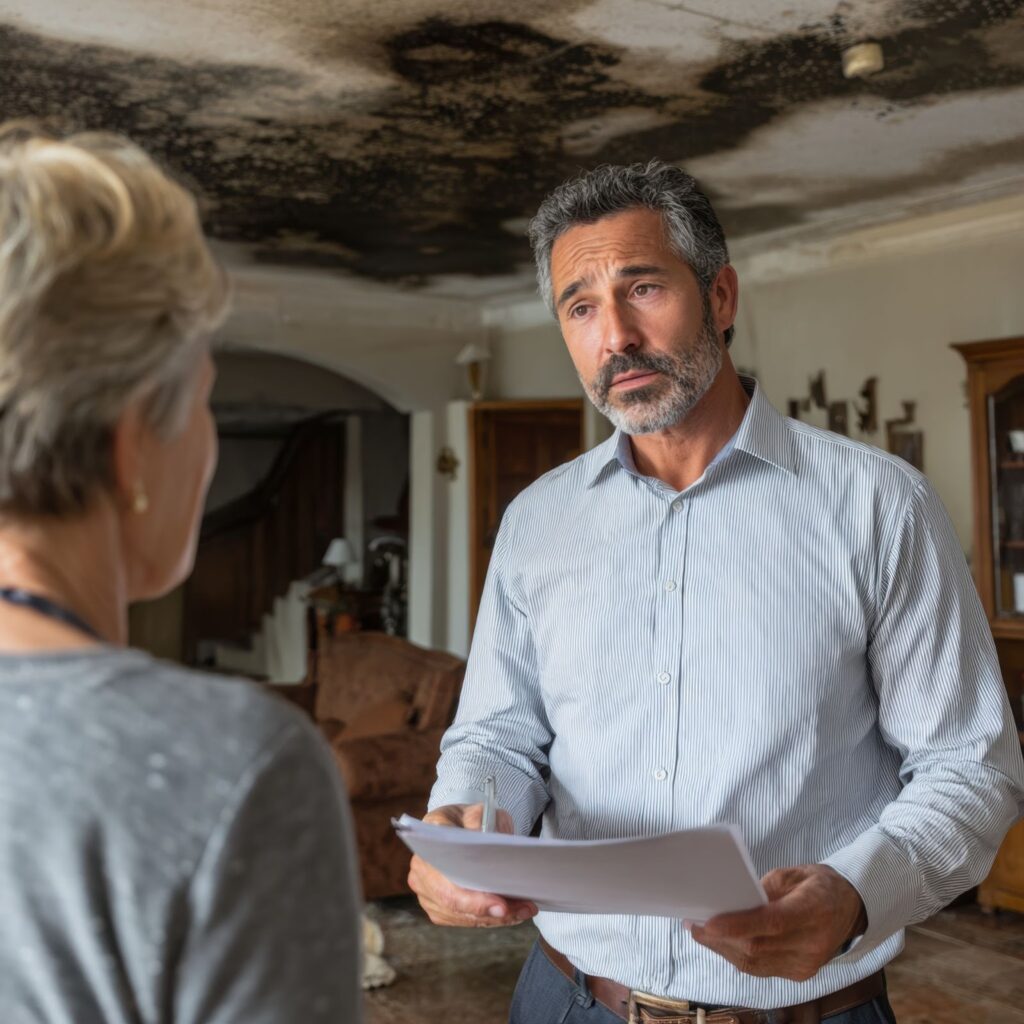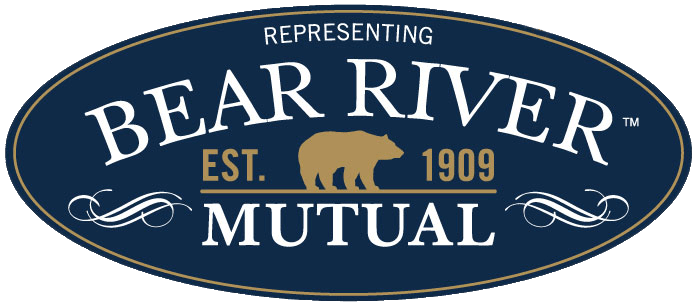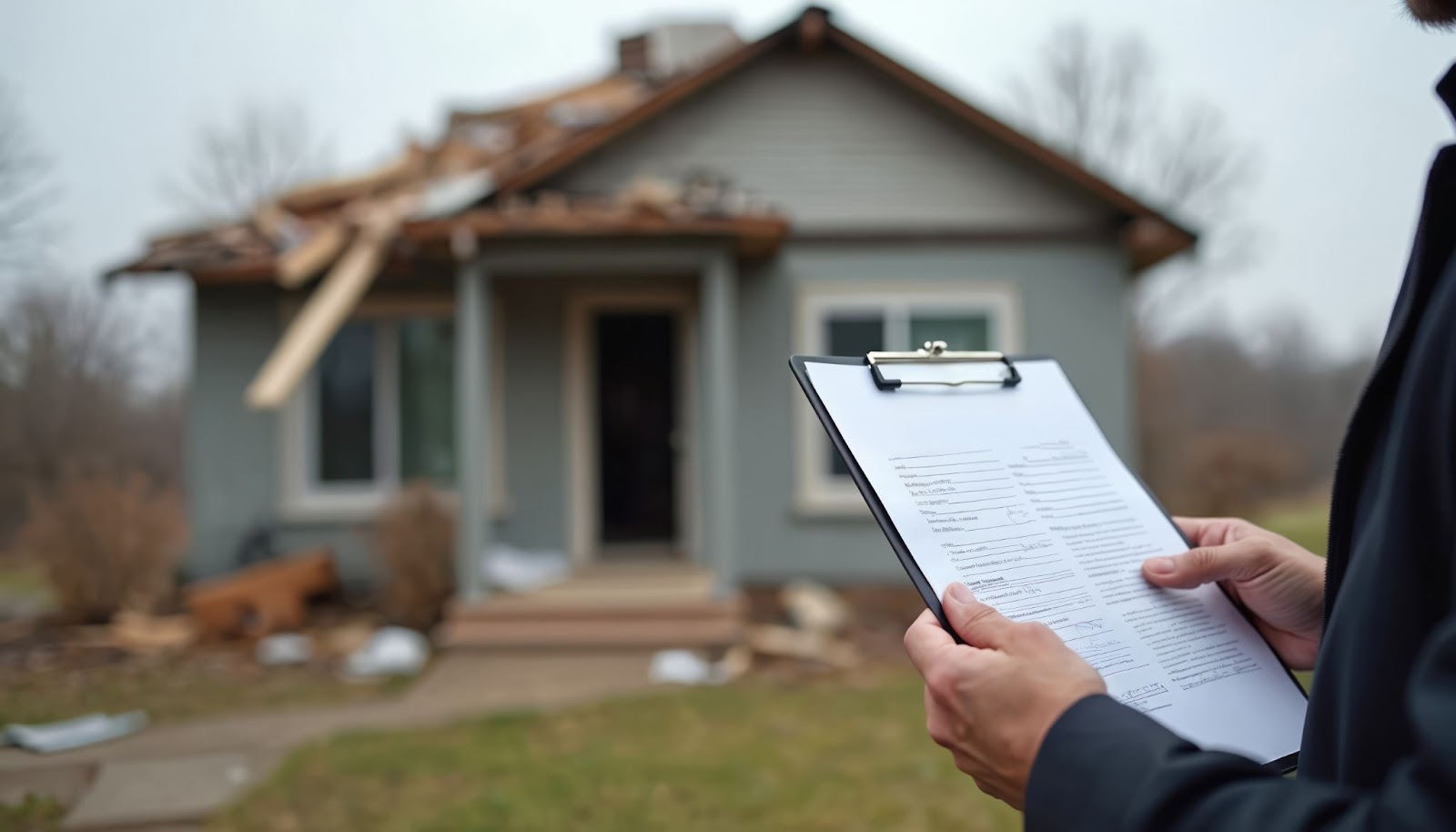Filing a Utah homeowner insurance claim can feel overwhelming — especially when you’re dealing with unexpected damage to your home. But knowing what to do (and when to do it) makes the process easier, faster, and far less stressful.
Whether you’re facing fire damage, flooding, theft, or weather-related issues, understanding the steps to file a claim—from documenting damage to working with your adjuster—can help you avoid delays and maximize your payout.
In this guide, we’ll walk you through the entire claims process, explain what to expect at each stage, and share helpful tips tailored to Utah homeowners.
Understand what your policy covers
Before you file a homeowner insurance claim in Utah, the first — and most important — step is knowing exactly what your policy does and doesn’t cover. Not all policies are created equal, and making assumptions can lead to costly surprises when it’s time to file a claim.
What does basic coverage mean?
Most standard homeowner insurance policies follow an HO-3 format (often called a “special form” policy) and generally cover dwelling protection, personal property, liability coverage, and additional living expenses.
Flooding, earthquakes, sewer backups, and wear and tear or poor maintenance are generally not included.
Know your deductibles and limits
Your deductible is the amount you pay out of pocket before your insurance kicks in. Make sure you understand how much yours is and whether it applies per incident or per year. Also, review your policy limits — especially for high-value items like jewelry, artwork, or electronics, which may have caps unless you’ve scheduled them separately.
Pro tip for Utah homeowners
Because of Utah’s unique geography and weather patterns (heavy snow loads, wildfire zones, earthquake risk), it’s smart to review your policy with an agent who understands local hazards. An annual review helps you stay protected as your home’s value and risks evolve.

Act quickly after damage occurs
Time matters when filing a homeowners’ insurance claim. Before you do anything else, check for immediate hazards. If there’s structural damage, electrical issues, or flooding, make sure everyone is safe and evacuate if needed. Call emergency services if the situation is dangerous. Your safety always comes before your property.
Notify your insurance company promptly
As soon as it’s safe to do so, contact your insurance provider to report the damage. Most companies have 24/7 claim lines or online portals where you can start the process.
In Utah, where seasonal storms, snow loads, or wildfires can impact multiple homes at once, reporting your claim quickly may help you get faster assistance before adjusters become overwhelmed.
Many insurance policies have time limits for filing claims — some as short as 48 to 72 hours after the incident. Even if you don’t have all the details yet, opening the claim early shows you’re being proactive and can help your case later.
Secure your claim timeline
The sooner you file, the easier it is to document fresh damage, gather witnesses if needed, and preserve the scene for adjusters. It also reduces the risk of further damage being mistaken for negligence or poor maintenance — issues that can reduce or delay your payout.
Document the damage thoroughly
When filing a Utah homeowner insurance claim, thorough documentation can make or break your payout. Insurance adjusters need clear, detailed proof of what was damaged, how badly, and when it happened. The better your documentation, the easier it is to validate your claim and avoid delays or disputes.
Take comprehensive photos and videos
Start by photographing all visible damage — inside and out. Use natural light whenever possible, and take both wide-angle shots to capture the full area and close-ups to highlight specific details, such as cracks, stains, burns, or broken items.
Use your smartphone to take video walkthroughs as well. Narrate what you’re seeing — mention the date, time, and what caused the damage if you know. Visual evidence helps adjusters understand the full scope of your loss.
Create a written inventory of damaged items
In addition to photos, make a detailed list of everything that was damaged or lost. Include the:
- Item name and description
- Brand, model, and serial number (if available)
- Purchase date and estimated value
- Where the item was located in your home
If you have original receipts, warranty documents, or credit card statements, include those as proof of ownership and value. This is especially helpful for big-ticket items like electronics, appliances, or furniture.

Don’t throw anything away too soon
Unless your insurance adjuster gives you the green light, don’t discard damaged belongings right away — even if they’re clearly beyond repair.
Insurers sometimes need to physically inspect items before approving the claim. If something poses a health hazard (like moldy items or spoiled food), photograph it thoroughly before disposal and document your reason for throwing it out.
Prevent further damage
Once the immediate danger has passed and you’ve documented the scene, your next responsibility is to prevent additional damage.
Most Utah homeowner insurance policies require policyholders to take reasonable steps to protect their property after a covered event. If you don’t, your insurer may reduce or deny parts of your claim due to “failure to mitigate.”
Know when to call a professional
While homeowners can usually handle minor protective measures, more serious situations — like structural instability, exposed wiring, or extensive water intrusion — should be handled by professionals.
In Utah, extreme weather events like heavy snow, ice dams, or wildfires can create hazards that are too dangerous to fix on your own. Always prioritize safety and get expert help when needed.
Taking quick action to prevent further damage protects your home, strengthens your insurance claim, and ensures you meet the responsibilities outlined in your policy. It’s a smart and necessary step in the recovery process.
File your claim
Once you’ve documented the damage and taken steps to prevent it from getting worse, it’s time to file your claim. Acting quickly helps avoid delays and keeps your claim on track. You’ll need your policy number, a description of the damage, the date of the incident, and any photos or documentation you’ve collected.
After you file, your provider will assign a claims adjuster to inspect the damage and guide you through the next steps. Be sure to get a claim number — you’ll need it for all future communication.
Keep notes of all conversations and save every document. The more organized and responsive you are, the smoother the process will be. A clear, timely claim gives you the best chance of a fair and fast payout.
Work with your claims adjuster
Once you’ve filed your claim, your insurance company will assign a claims adjuster to evaluate the damage and determine how much you should get. The adjuster’s job is to inspect your home, review your documentation, and confirm that your policy covers the damage.
Be available during the inspection and walk them through everything you’ve documented. Provide photos, receipts, and any repair estimates you’ve gathered. Being honest, detailed, and organized helps build trust and speed up the process. Ask questions if anything is unclear, and take notes during the meeting.
Understand the settlement and repair process
After your adjuster reviews the damage and your documentation, your insurance company will issue a settlement offer — the estimated amount they’ll pay for the covered repairs or losses.
They might base your settlement on actual cash value (ACV) or replacement cost value (RCV). ACV subtracts depreciation, meaning you get less for older items. RCV covers the full cost of replacing damaged items with new ones of a similar quality.
Review the estimate carefully. If you disagree with it, you can submit contractor quotes, photos, or additional documentation to request a revised settlement.
Once approved, your insurer may send the payment directly to you, your contractor, or your mortgage company, depending on your policy. Some claims are paid in stages (e.g., upfront payment and final payment after repairs are complete).
Keep all receipts and communicate clearly with your insurer during the repair process. Staying organized helps ensure you receive your full benefits without unnecessary delays.

Get a quote from Bear River Insurance
Filing a homeowners’ insurance claim doesn’t have to be stressful — especially when you have the right team supporting you. At Bear River Insurance, we help Utah homeowners prepare for the unexpected with clear guidance, dependable coverage, and local expertise you can count on.
Whether you’re recovering from a storm, fire, or water damage, our team is here to walk you through the claims process and make sure you’re fully protected every step of the way. We’ve got your back, from understanding your homeowners’ insurance policy to restoring your home.
Contact Bear River Insurance today to review your coverage, ask questions, or get started on a policy that fits your home, budget, and peace of mind.



